Opinion

...conversations with everyday people who don't use gyms reveal a persistent problem: many still view gyms as intimidating spaces reserved for the fit and vain. This perception deters potential gym-goers, who fear being judged for their lack of knowledge about complex equipment.

 Confronting an Outdated Image
to Drive Growth
Confronting an Outdated Image
to Drive Growth
The global fitness industry, while mature, struggles to increase its penetration among the general population, which varies significantly by region. In leading markets like the United States, penetration stands at approximately 20%, while other regions lag behind, with figures ranging between 12-16%. Despite the emergence of numerous fitness concepts and the advent of wearable technology, the percentage of the global population engaging in fitness activities has remained relatively stagnant for over a decade.
Given the post-COVID exercise trends, social media fitness influencers, and reports of growth from major fitness brands, one might expect a significant shift in these numbers. However, conversations with everyday people who don’t use gyms reveal a persistent problem: many still view gyms as intimidating spaces reserved for the fit and vain. This perception deters potential gym-goers, who fear being judged for their lack of knowledge about complex equipment.
This image problem persists despite the industry’s efforts to provide safe facilities staffed with helpful team members offering guidance and programming for beginners. The media exacerbates the issue by perpetuating outdated stereotypes, often referencing figures like Arnold Schwarzenegger and Jane Fonda, which no longer reflect the current state of the fitness industry.
The reality is that the fitness industry has evolved significantly, moving away from these old-fashioned images. Yet, like an outdated wardrobe, the industry struggles to shed these obsolete perceptions.
The AusActive Million Moves Campaign: A Case Study
I recently encountered this issue firsthand while involved in the AusActive Million Moves campaign on the Sunshine Coast in Australia. Following the success of Fit for Office, a campaign connecting exercise with Federal MPs in Canberra, we were thrilled to see a local MP eager to create a health awareness initiative to demonstrate the potential of collective effort in promoting exercise to the general population. The campaign aimed to activate the inactive, especially in light of research showing that 75% of Australians do not get enough activity when considering both strength and cardio exercises.
As a local AusActive board member, I met with leaders from hospitals, councils, companies, universities, and local media. The support and enthusiasm were overwhelming, but so was the outdated image many held of the fitness industry. There was a palpable fear when discussing gyms, with jokes about muscle-bound men and skinny women taking selfies, as if we were stuck in the 1970s. This was far from the reality of today’s industry, which boasts professional teams, quality facilities, and genuine value for money.
Addressing the Image Problem
The experience underscored the significant challenges we face in reshaping the industry’s image. To effect meaningful change and improve global health, we need to work collectively to address the misconceptions non-gym-goers have about us.
The Path Forward
To overcome this challenge, we must shift our focus from competing for the same pool of fitness enthusiasts and instead work to attract those who are currently too intimidated to walk through our doors. This requires a multi-faceted approach:
- Open Facilities to All: We need to create welcoming environments that encourage those who are hesitant to visit gyms. Open house events, introductory classes, and community outreach can help demystify the gym experience.
- Collaborate with Industry Bodies: By partnering with industry peak bodies, we can present a united front in advocating for national and international health awareness campaigns. These campaigns should highlight the benefits of all forms of exercise, including strength training and weightlifting.
- Government Support: It’s crucial to motivate governments worldwide to invest in these campaigns, emphasising not just the benefits of casual exercise but also the importance of comprehensive fitness routines that include strength training.
- Media Engagement: We must actively engage with the media to update the narrative around gyms and fitness. Highlighting success stories, modern facilities, and the inclusive nature of today’s fitness industry can help change public perception.
By rallying together and promoting the true benefits of fitness, we can combat chronic health conditions and enhance the quality of life for the global population. As John F. Kennedy once said, “A rising tide lifts all boats.” If we unite in our efforts, we can create a healthier, happier world, breaking free from the confines of outdated perceptions and expanding the reach of our industry.
About Elaine Jobson
Elaine Jobson is CEO of Jetts Australia. A Fitness Industry veteran having spent 30 years in executive positions working for a number of the world’s largest fitness brands. Her roles have taken her all over the globe having worked in Asia, Europe, South Africa and now Australia. She is best known for teaming up with well-known industry entrepreneurs including Mike Balfour OBE – Founder of Fitness First, Sir Richard Branson owner of Virgin Active South Africa and Brendon Levenson founder of Jetts Fitness.
Having previously won the Deloitte Best Company to work in South Africa, Elaine is passionate about building successful companies through great cultures and growing exceptional Leaders. She is the 2017 winner of the Sunshine Coast Business Women’s network ‘Outstanding Business Woman of the Year’ and guest author for the Institute of Managers and Leaders bestselling book, Leadership Matters. Elaine recently performed a Management Buy Out of Jetts Australia taking back the ownership of the brand from The Fitness and Lifestyle Group.








